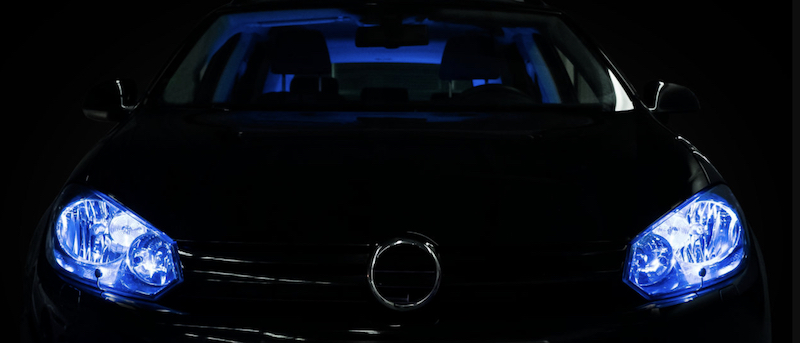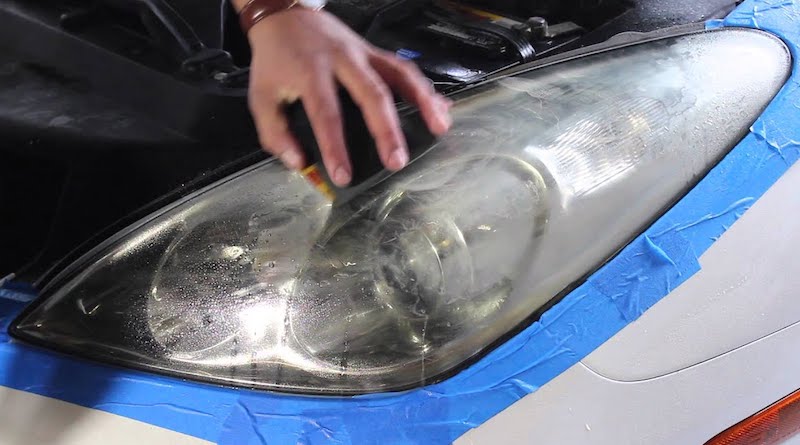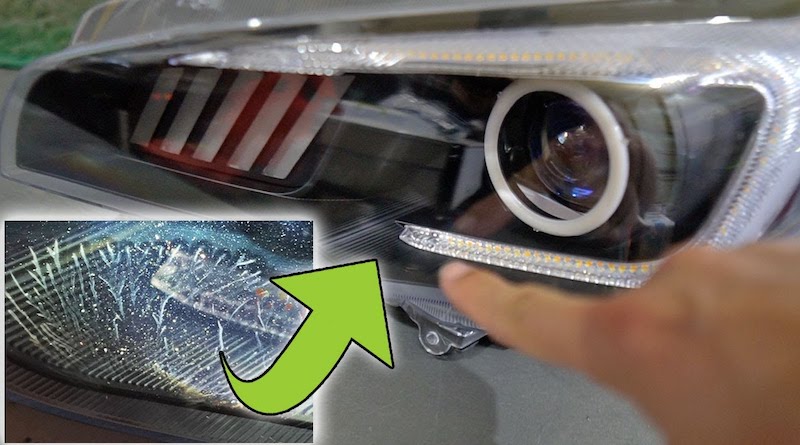Lumens Vs Kelvins: How are They Different?

When shopping for new bulbs, you may come across different terms that are used to describe their performance and light output. Such terms can be confusing, especially if you don’t know what they mean. In this article, we’ll break down the difference between Lumens and Kelvins.
Lumens measure the brightness level of a bulb. The more the lumens, the brighter the bulb is. On the other hand, Kelvins tell you how yellow or white a bulb is. It describes the color temperature of the light.
Lumens Explained
Before Lumens became more common, people used watts to measure the brightness of a bulb. Traditional light sources that had more watts produced more light. Wattage describes how much energy a bulb consumes.
The invention of LEDs changed how we measure brightness. This is because most LEDs are able to produce the same level of brightness using less wattage. Today, a lumen gives you the correct light output of a bulb.
Lumens are also denoted as lm. They are derived from candela (cd) – the unit for visible light as per the International System of Units (SI). It refers to the amount of light emitted in one direction. Both terms are used when describing the luminous efficacy of a light source.
When replacing the bulbs in your headlights, it’s important to know the lumens in each type of headlight. Halogen bulbs typically have about 3000 Lumens. This is usually enough for most drivers and offers enough visibility at night.
Xenon HID headlight bulbs tend to have about 5000 Lumens. This is much more than what halogens have to offer. They are brighter and whiter and deliver better performance at night.
Kelvins Explained
Kelvins are commonly denoted as K. They measure the color temperature of the light or the color of light a bulb produces. This is not to be confused with the real temperature of the bulb.
You can always tell the difference in Kelvins by observing how yellow or white a light source is. Bulbs that have lower Kelvins produce a warm yellow or orange light. Bulbs that have higher Kelvins appear whiter. Those at the highest end will produce a blue tone.
Many car owners go for bulbs with a higher Kelvin rating as white light allows them to see more easily in the dark. Halogen headlight bulbs will typically have between 3200K and 4600K.
They produce a nice bright white light that isn’t too much. Xenon HID bulbs will have temperature ratings of up to 7000K. The scale runs from 0-10,000K. Some bulbs are too blue to be legal, so most people just go for what is enough for them.
Lumens Vs Kelvins difference
Since you now know what Lumens and Kelvins mean, which one should you prioritize when shopping for headlight bulbs? The truth is that there is no correlation between Lumens and Kelvins.
It is possible to have bulbs with a high Kelvin rating but low lumen output. The opposite is also true. When picking your bulb, anything with about 3000 Lumens is enough for the average driver.
You can opt for HID headlights if you need something brighter. Choosing between different Kelvin ratings can be tricky, but anything between 3000K and 5000K will do a good job. The closer you get to 5000K, the brighter and whiter the light will be. Depending on where you live, anything above that may not be street legal.
Summary
Both Lumens and Kelvins are a great way to determine what color of light and level of brightness you need in a bulb. Remember it’s important to not just rely on Watts. Newer bulbs are made to be more efficient while consuming less energy.
Recent Blog Posts
November 29, 2022

One of the best solutions for fixing hazy headlights is to wet sand them. While there are other ways you can clear up your oxidized headlights, few methods work as great as wet sanding. It not only cleans the plastic lens completely but also achieves permanent results.
November 29, 2022

Headlights that have turned yellow can make a car look really old. The foggy coating that covers the headlight tends to reduce the amount of light emitted on the road. This can affect the driver’s visibility and make it hard to maneuver dark roads.
November 29, 2022

There are plenty of solutions out there when it comes to cleaning the outside of your headlights. You can easily remove the yellow coating that forms on the plastic lens using a few household products.